As Hitler's Army rolled through Europe and the Soviet Union laying a path of unparalleled destruction, the casualties were staggering. A silent victim of the war was the art work and cultural treasures of the lands Hitler conquered. Motivated by greed and hubris, the Nazi art gathering agencies far surpassed anything previously attempted and violated the 1907 Hague Convention. The looting was systematic, calculated, premeditated, and devastating.
To retrieve and return cultural artifacts and materials the Monuments, Fine Arts, and Archives (MFAA) Section was established under the Civil Affairs and Military Government Divisions of the Allied Armies. On June 23, 1943 President Franklin D. Roosevelt approved the formation of the "American Commission for the Protection and Salvage of Artistic and Historic Monuments in War Areas," also known as "The Roberts Commission," named after its chairman, Supreme Court Justice Owen J. Roberts. The commission's main purpose was to help the U.S. Army and Armed Forces protect cultural works in Allied occupied areas.
In early 1943, a group known as the American Council of Learned Societies created a committee to address the issue of protecting Europe's art and cultural treasures to include: library collections, museum artifacts, scientific collections, archaeological material, religious objects, musical instruments and architectural fragments. They identified civilian experts: art historians, museum curators, artists, architects and archaeologists who could liaise with the military. They were among the many scholarly and academic groups that lobbied government officials to address the massive theft and destruction of cultural items in Europe.
Through persistent lobbying the members of the museum establishment were able to convince FDR and the Army that their presence was needed in the field. The result was the first appearance of art-specialist officers in war time. Approximately 400 specialists were referred to as "monuments officers" and were assigned to each Army Group. These officers were leaders in the field of art and museums, curators, and subject matter experts who volunteered and joined in order to save these endangered treasures.
Support for these officers came from the highest command within the U.S. Army. General Dwight D. Eisenhower told his commanders just before D-Day that "inevitably, in the path of our advance will be found historical monuments and cultural centers which symbolize to the world all that we are fighting to preserve," and he ordered his commanders to safeguard those treasures. This initiative demonstrated an enlightened attitude, as Eisenhower believed that the good name of the Army depended a great deal on the respect which it showed to the cultural heritage of the world.
After the fall of the Third Reich, MFAA officers undertook the daunting task of finding lost art. The enemy had scattered caches across Europe for safekeeping in more than a thousand secret locations in Germany alone. Locations included deep underground in salt mines and caves as well as in tunnels and castles. The MFAA officers' primary duty and responsibility was to house, secure, sort, protect, and restitute the vast quantities of art and cultural objects that they found. They set up collection points all over Germany, including Munich and Wiesbaden, and began the tedious process of repatriating over five million items, a massive undertaking that took until 1951 to complete. Eventually officers of the MFAA identified 1400 repositories containing over 15 million items. It was not long before the amount of art in these collection points soon rivaled the collections of the greatest museums in the world.
After the war, many of these monuments officers often referred to as the "Venus Fixers" or "Monuments Men," would become leaders of the most prominent museums in the United States. Almost every major American museum had one or more employees who served during World War II as an MFAA officer. Compared to the task at hand, their numbers were few, and while the program was an untested concept, the monuments officers utilized their limited resources to accomplish their job. While their story is beginning to be told, they remain some of the many unsung heroes of World War II. Their work to recover and preserve millions of plundered treasures has enabled past, present, and future generations to enjoy the many irreplaceable cultural treasures of Europe.
Related Links:
A Working Bibliography of MHI Sources: Monuments, Fine Arts and Archives

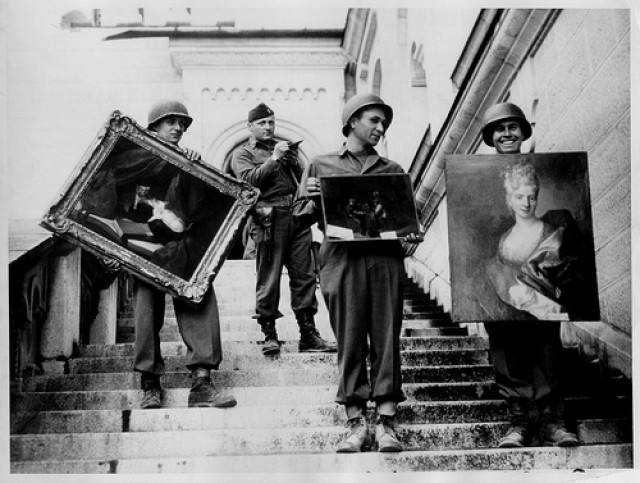
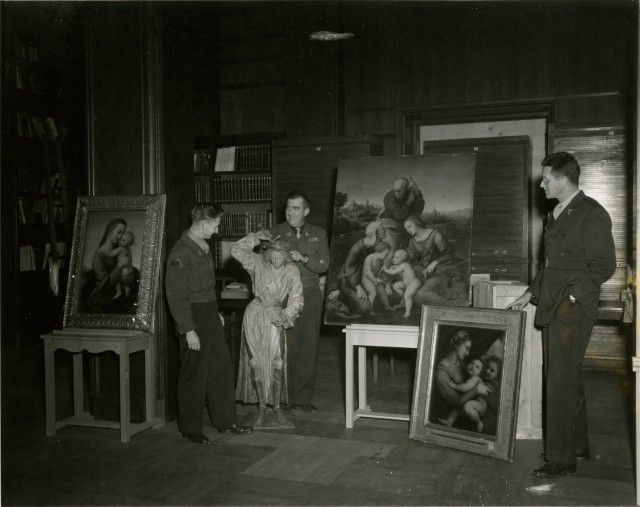



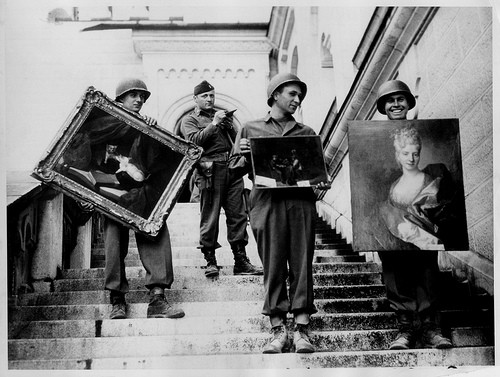
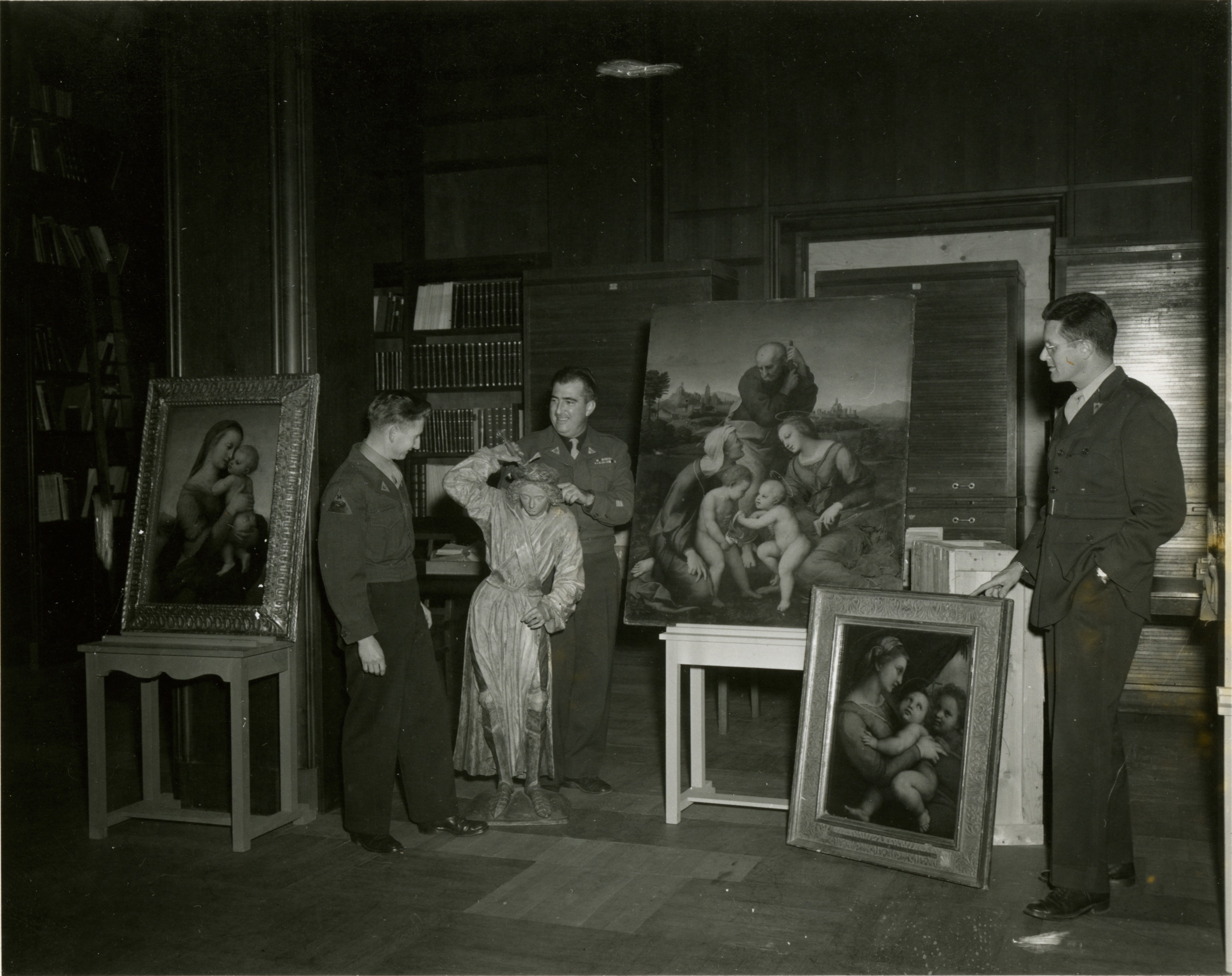
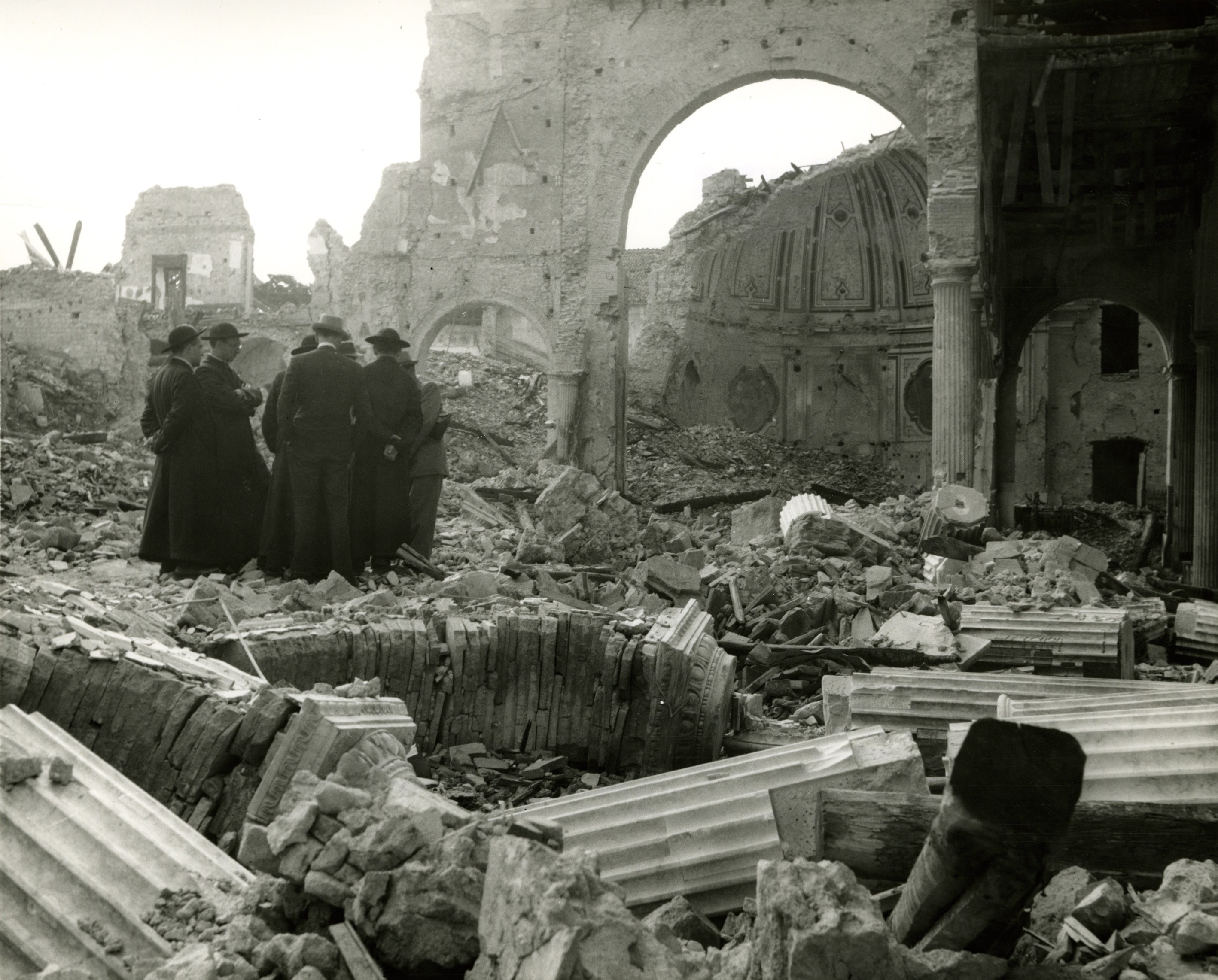

Social Sharing